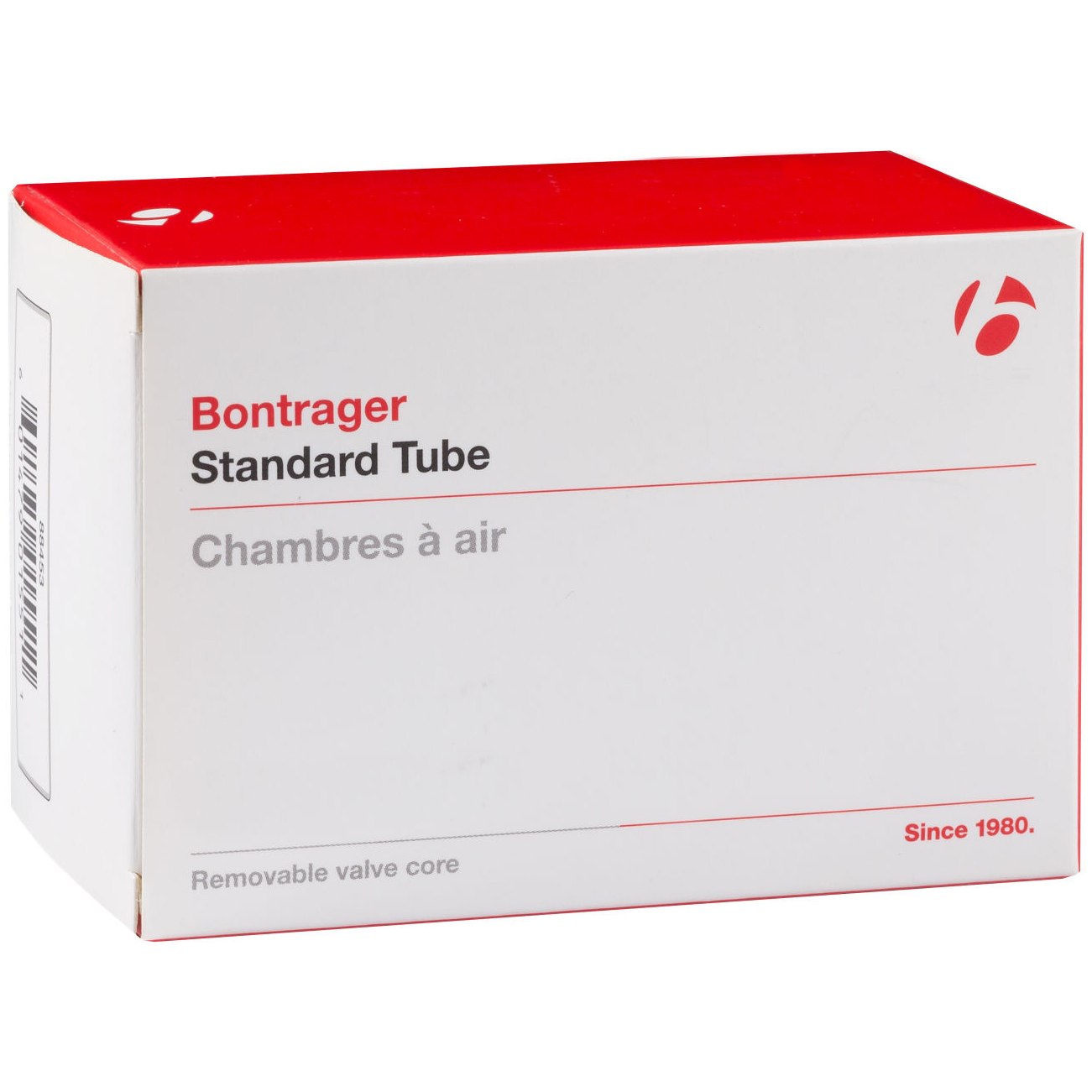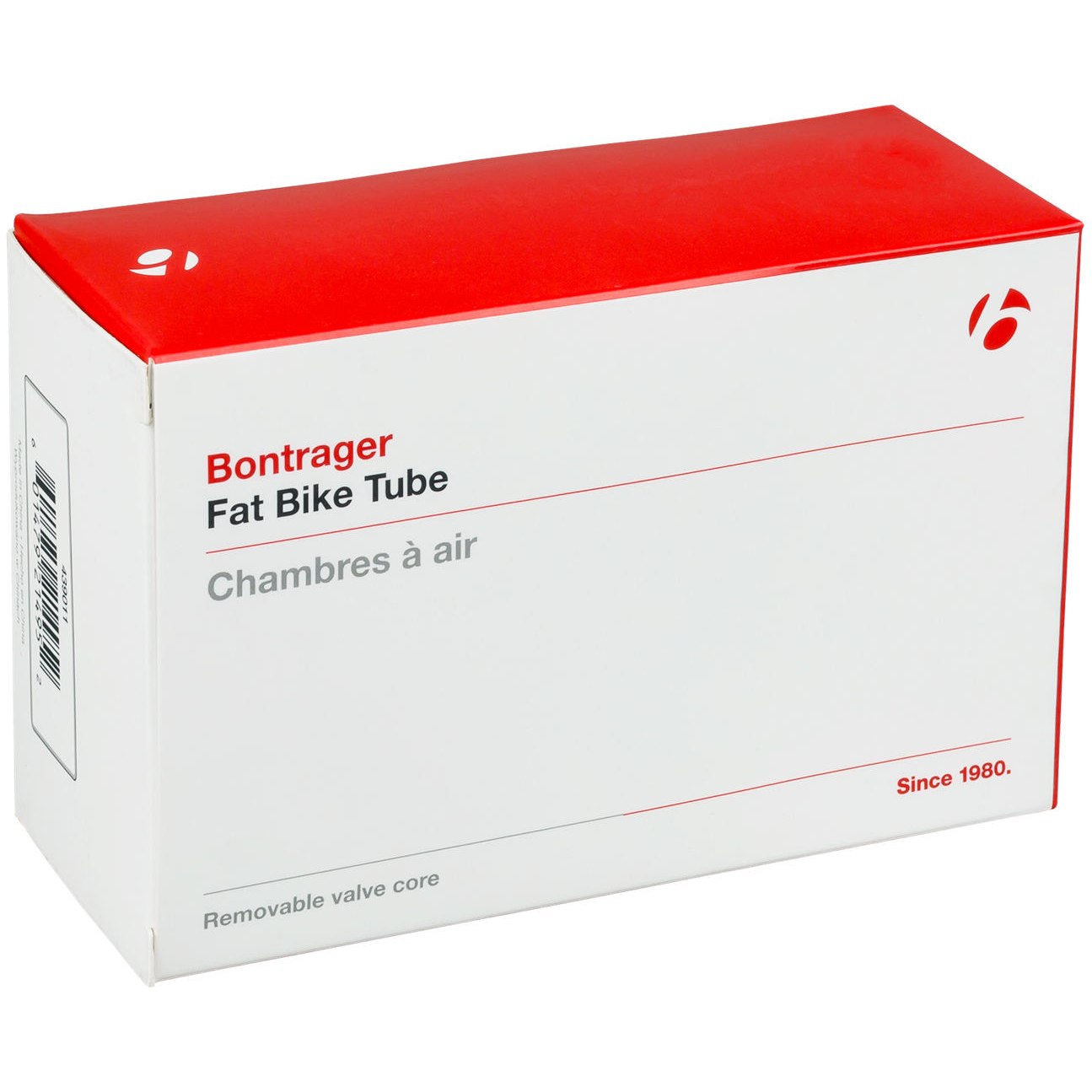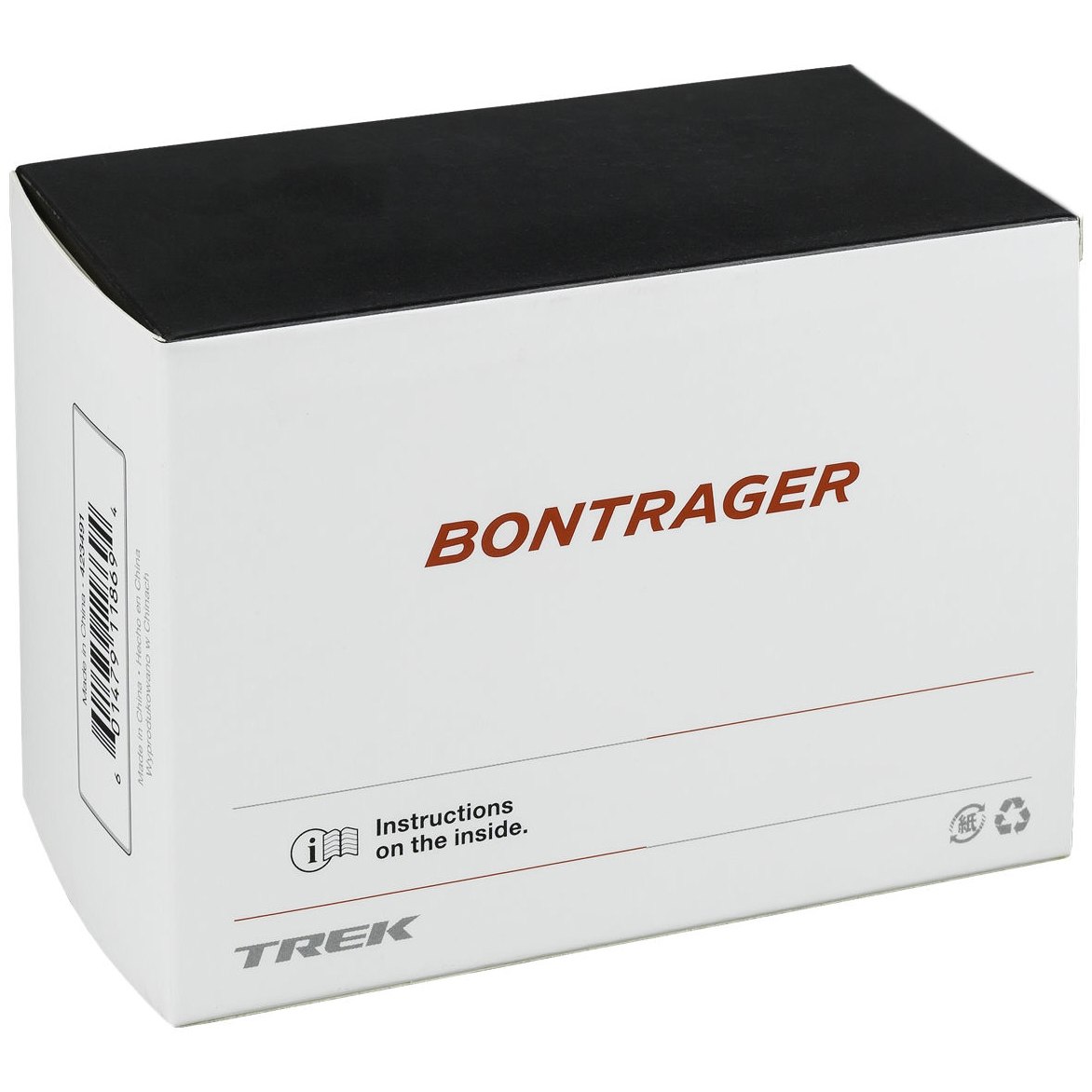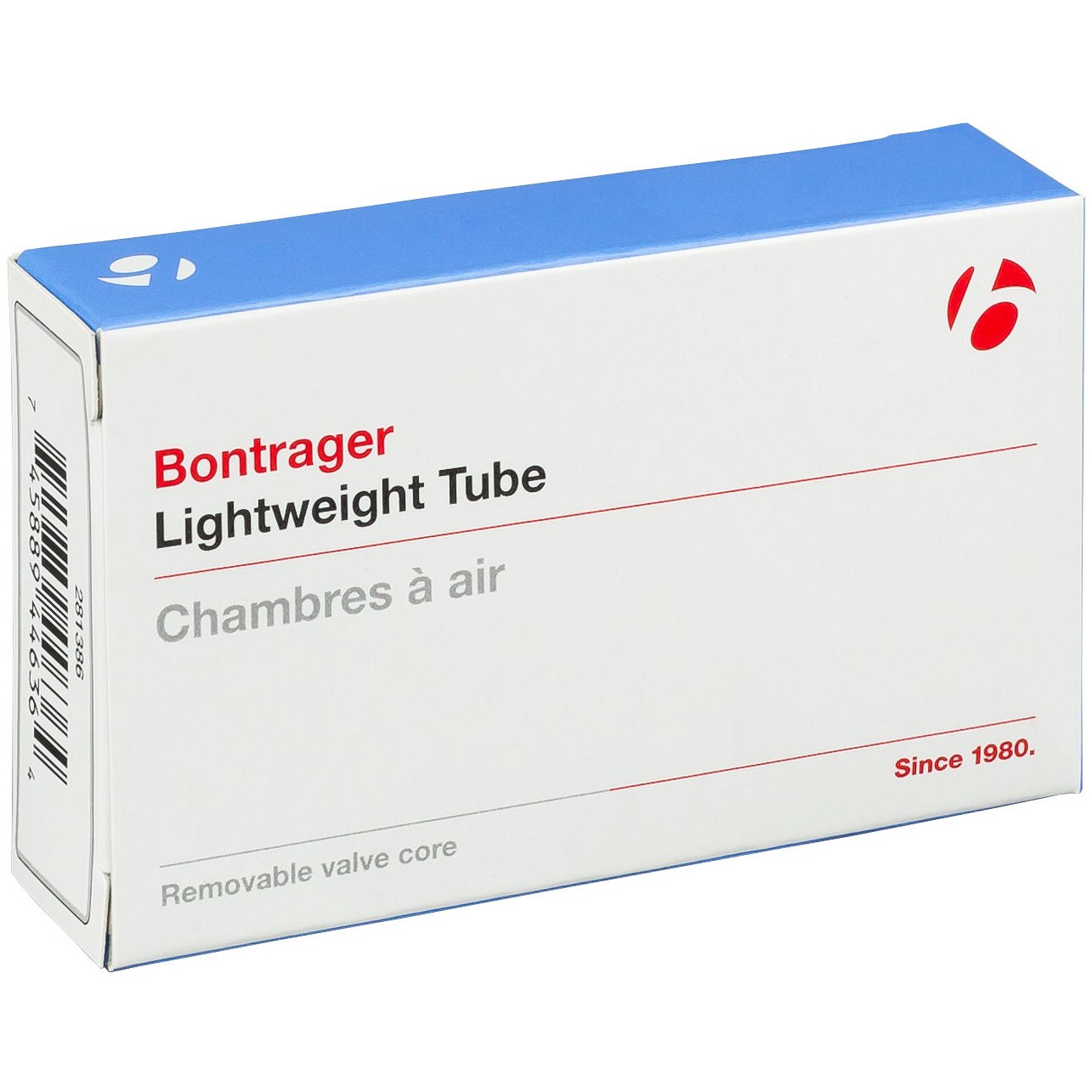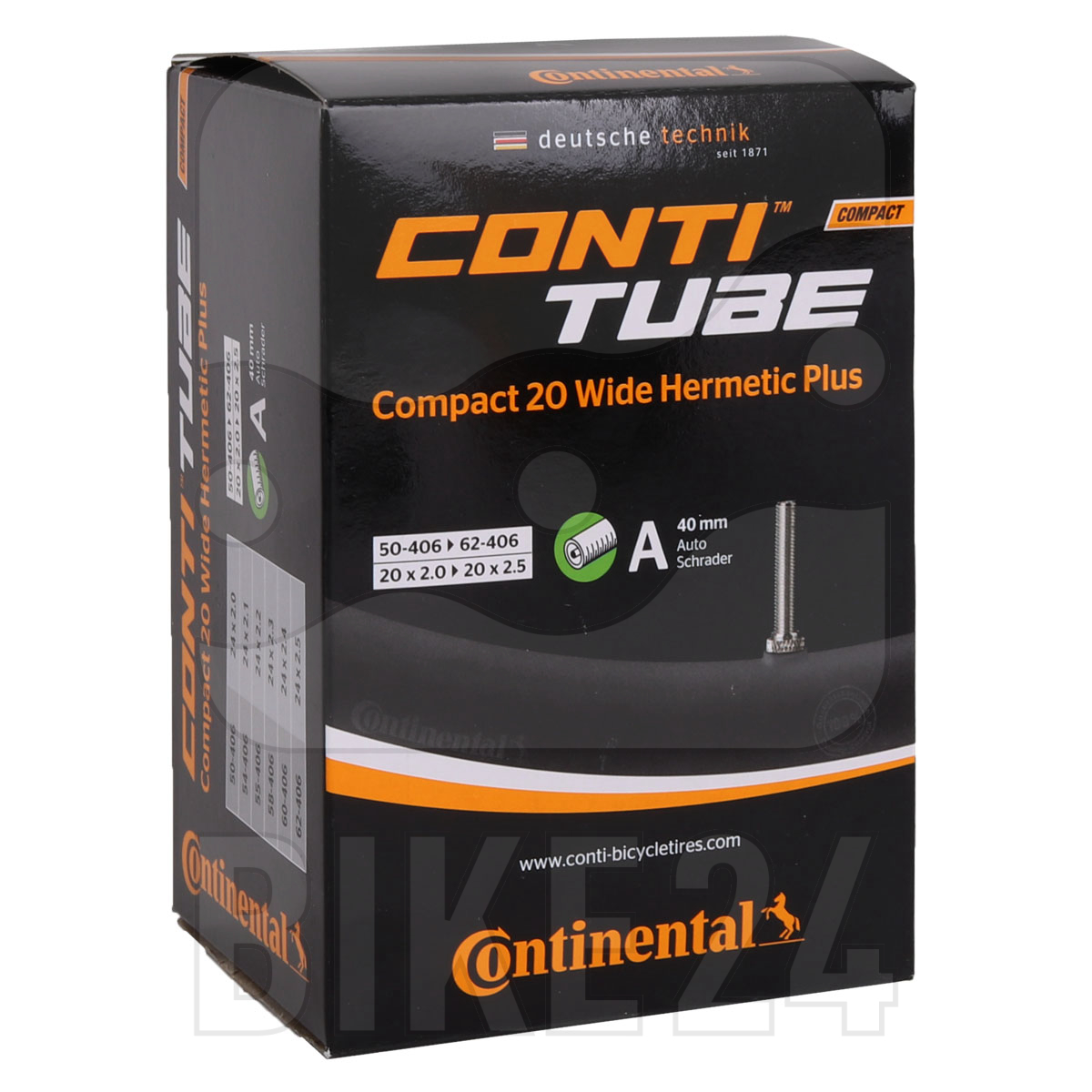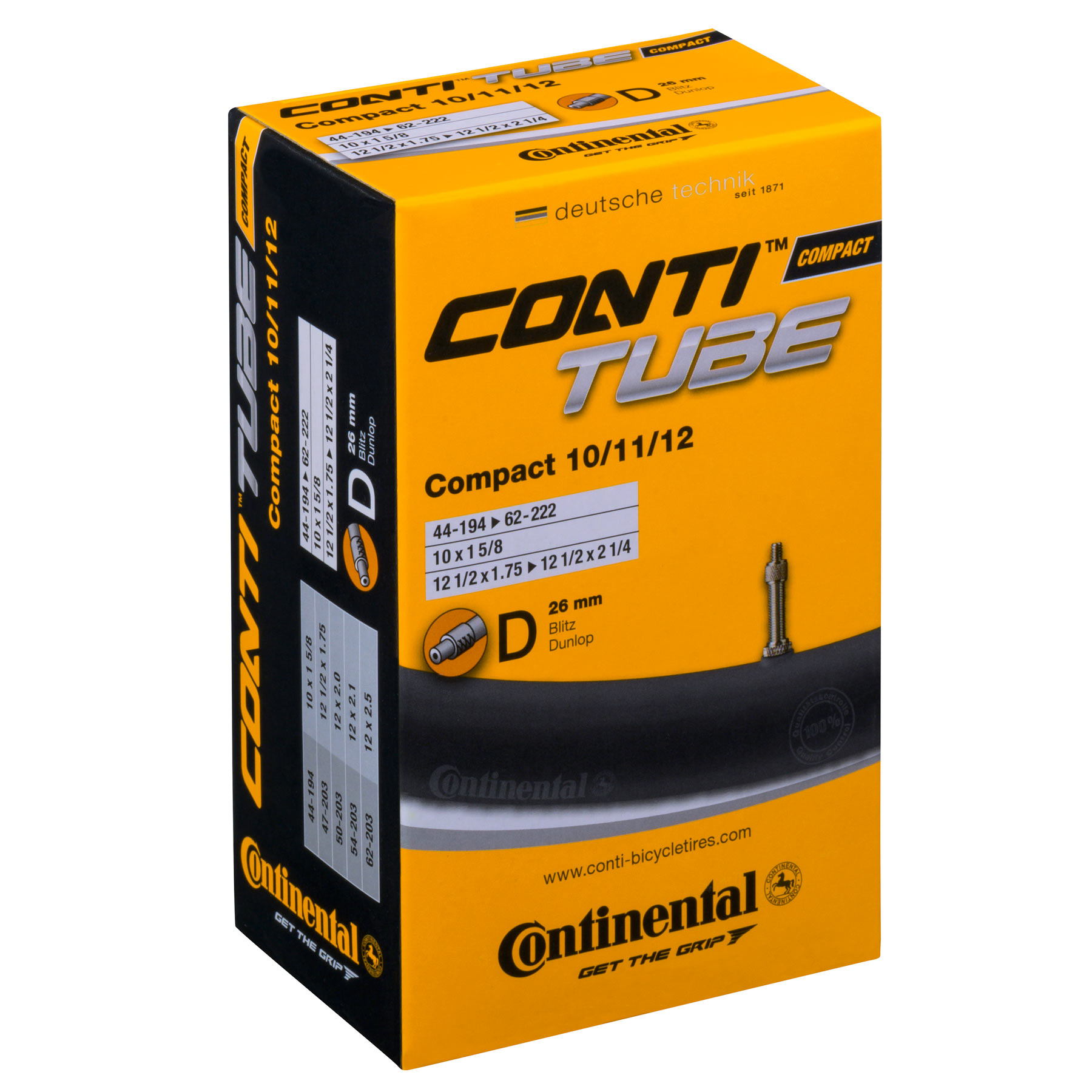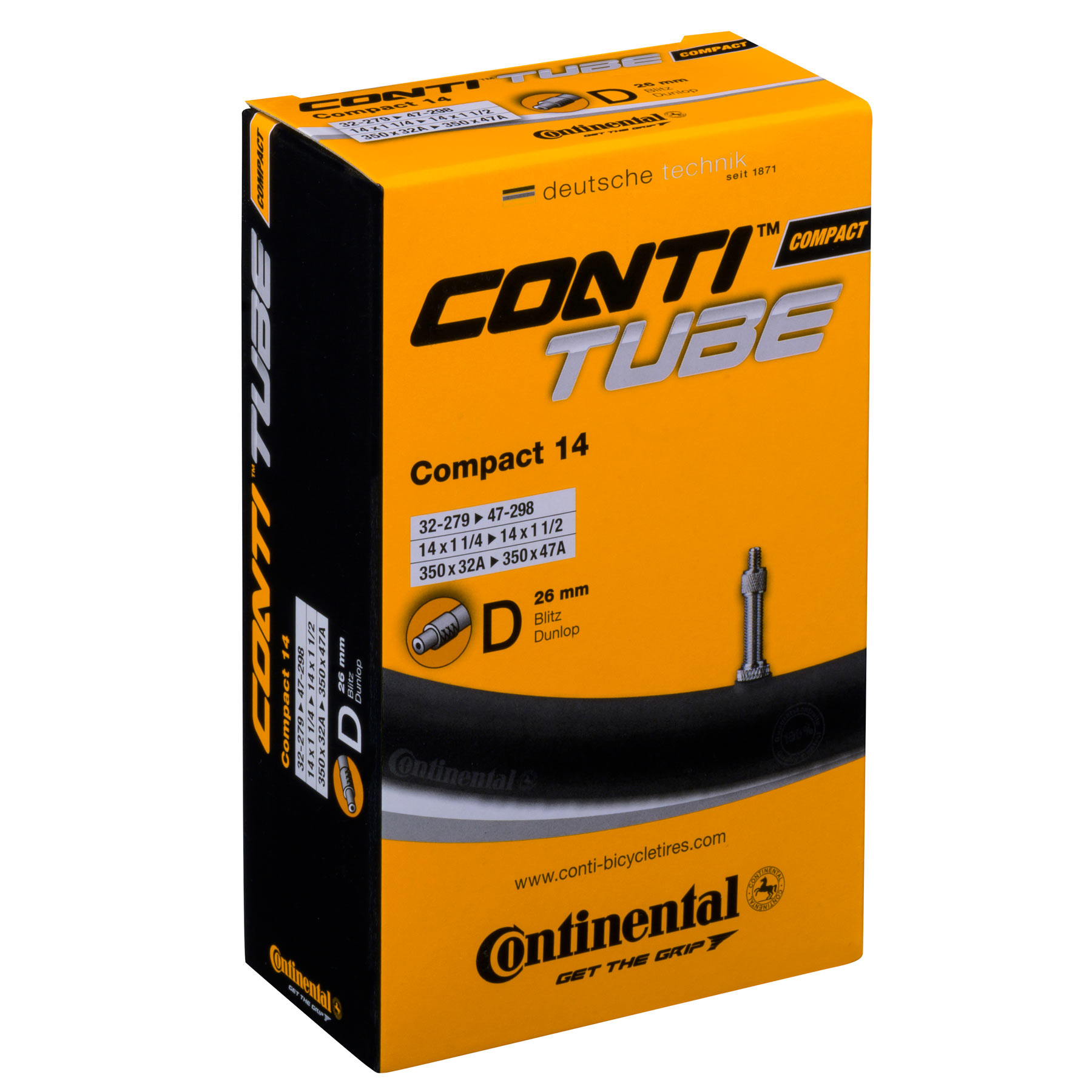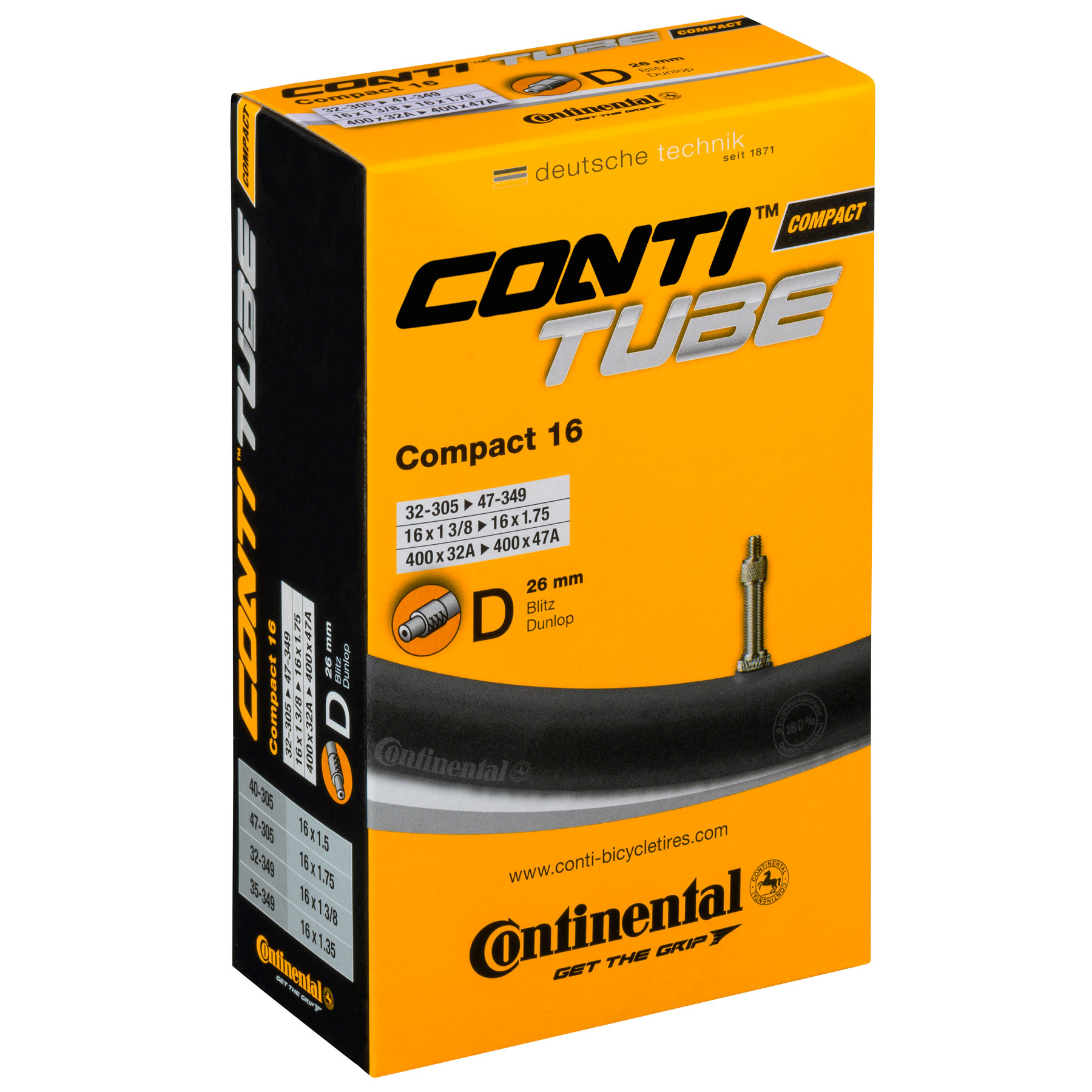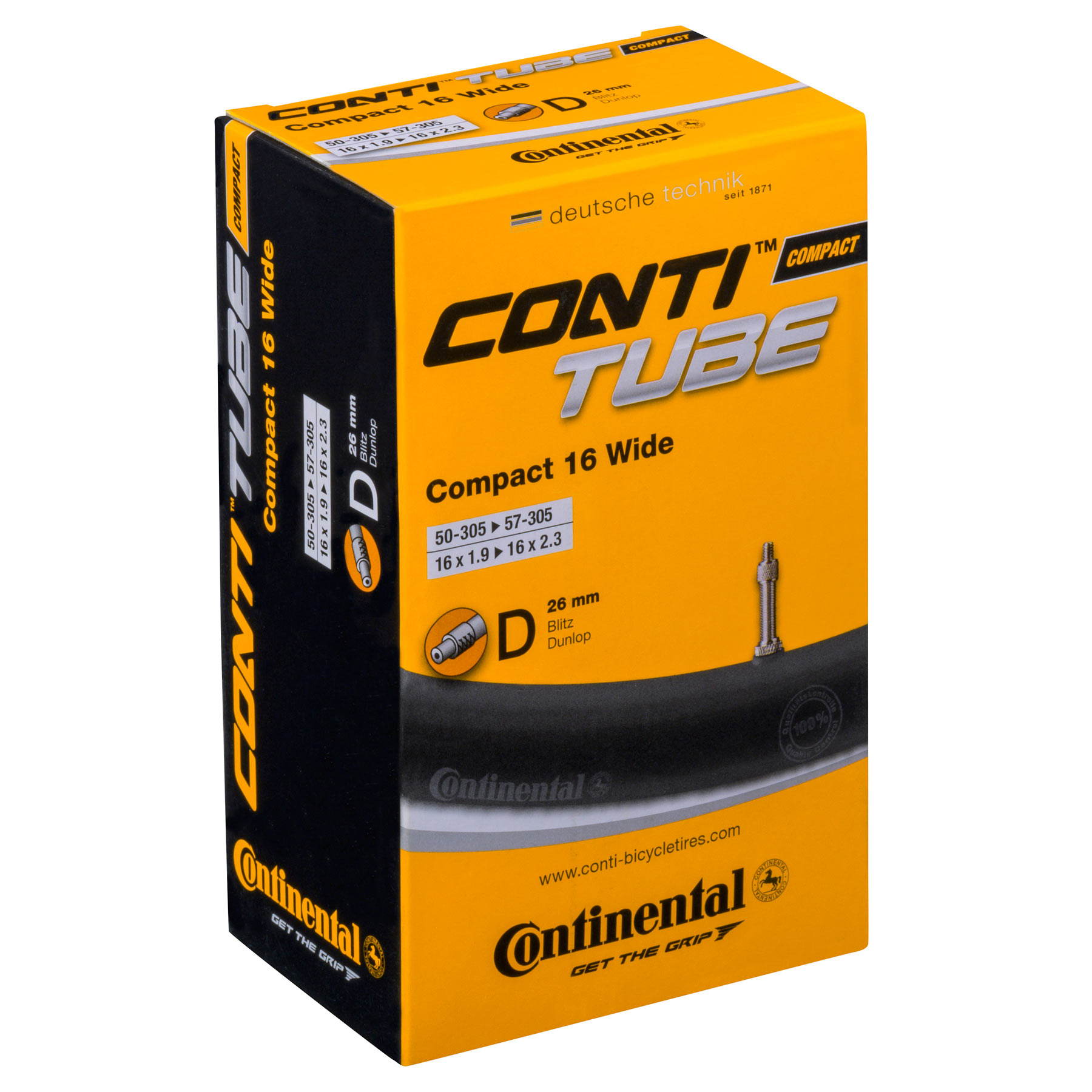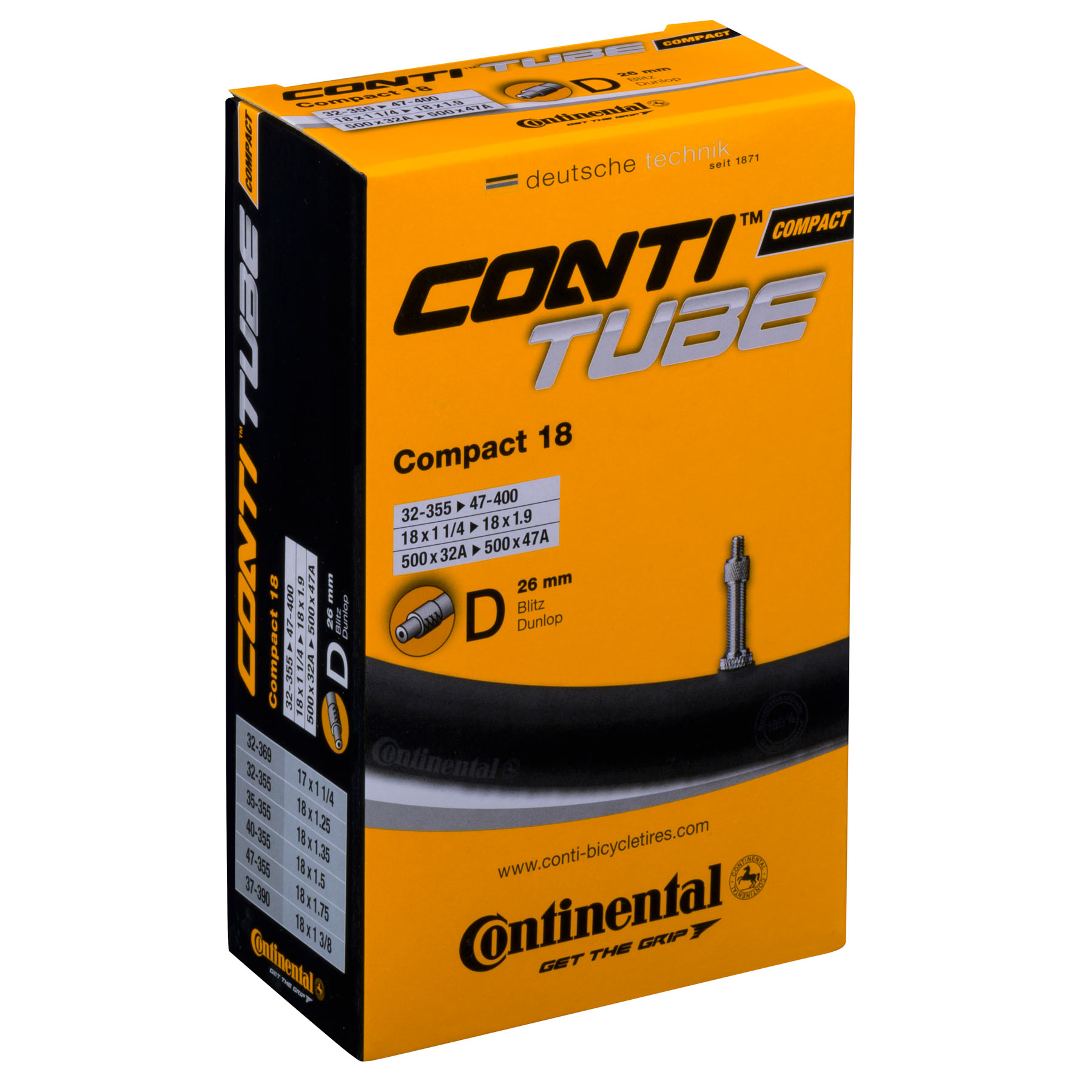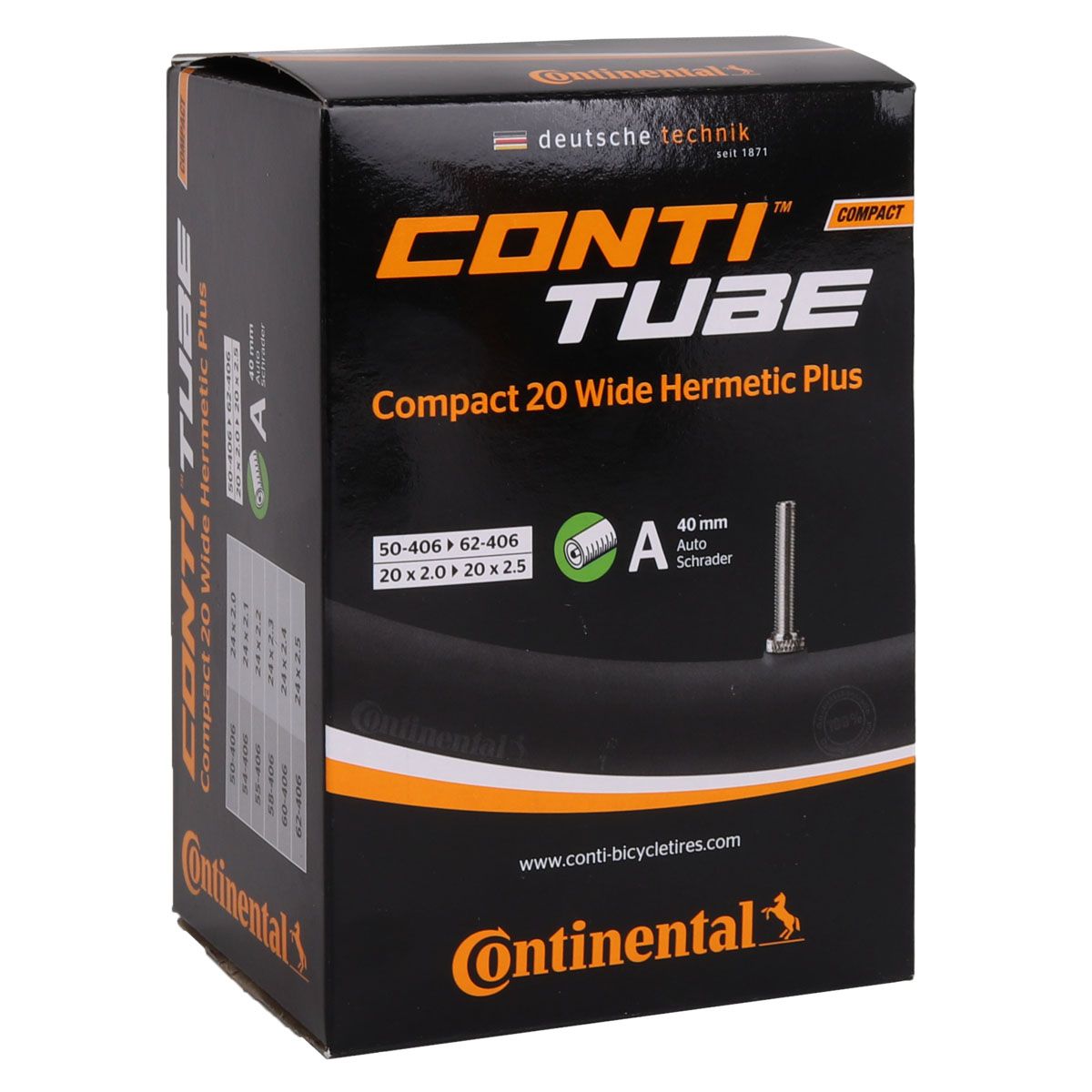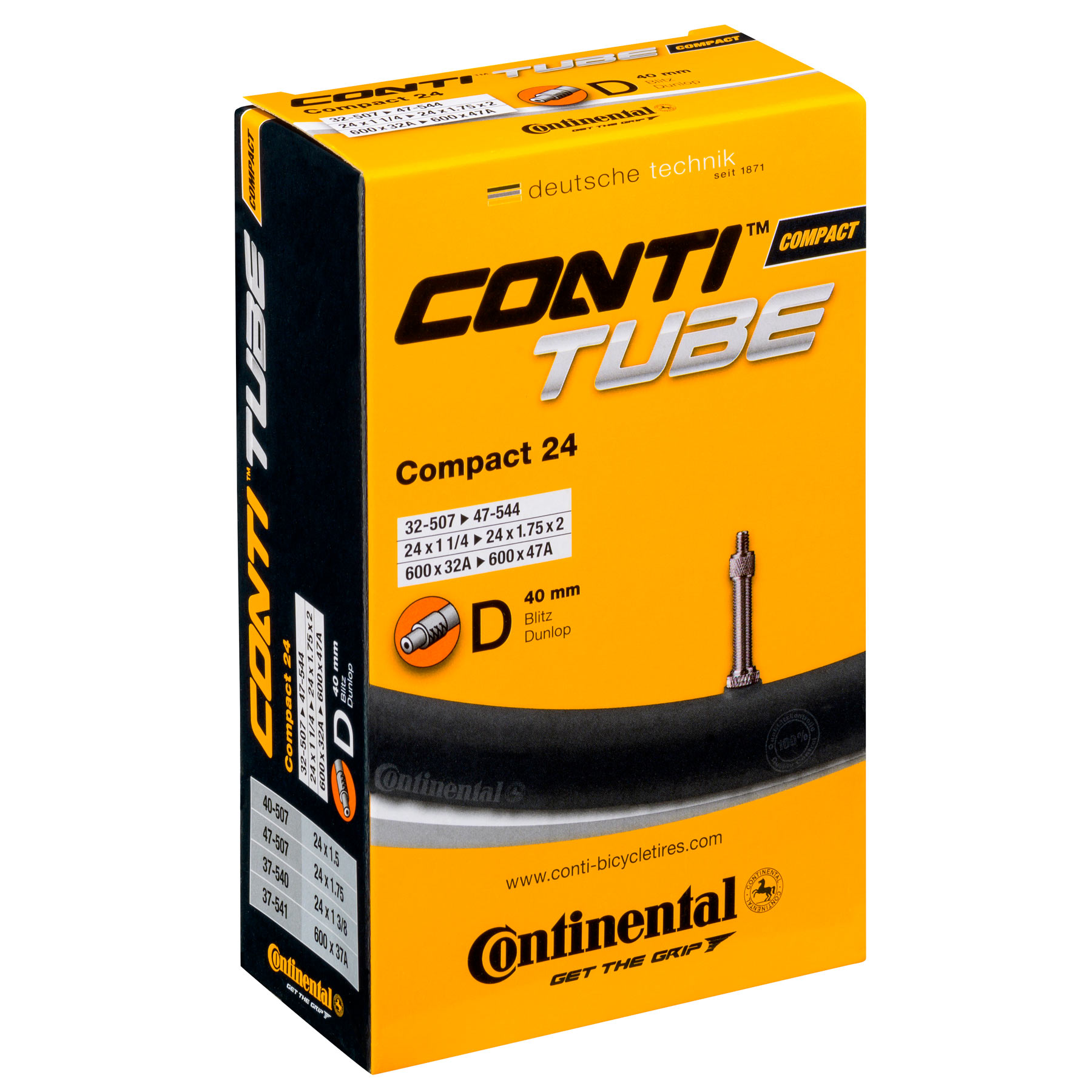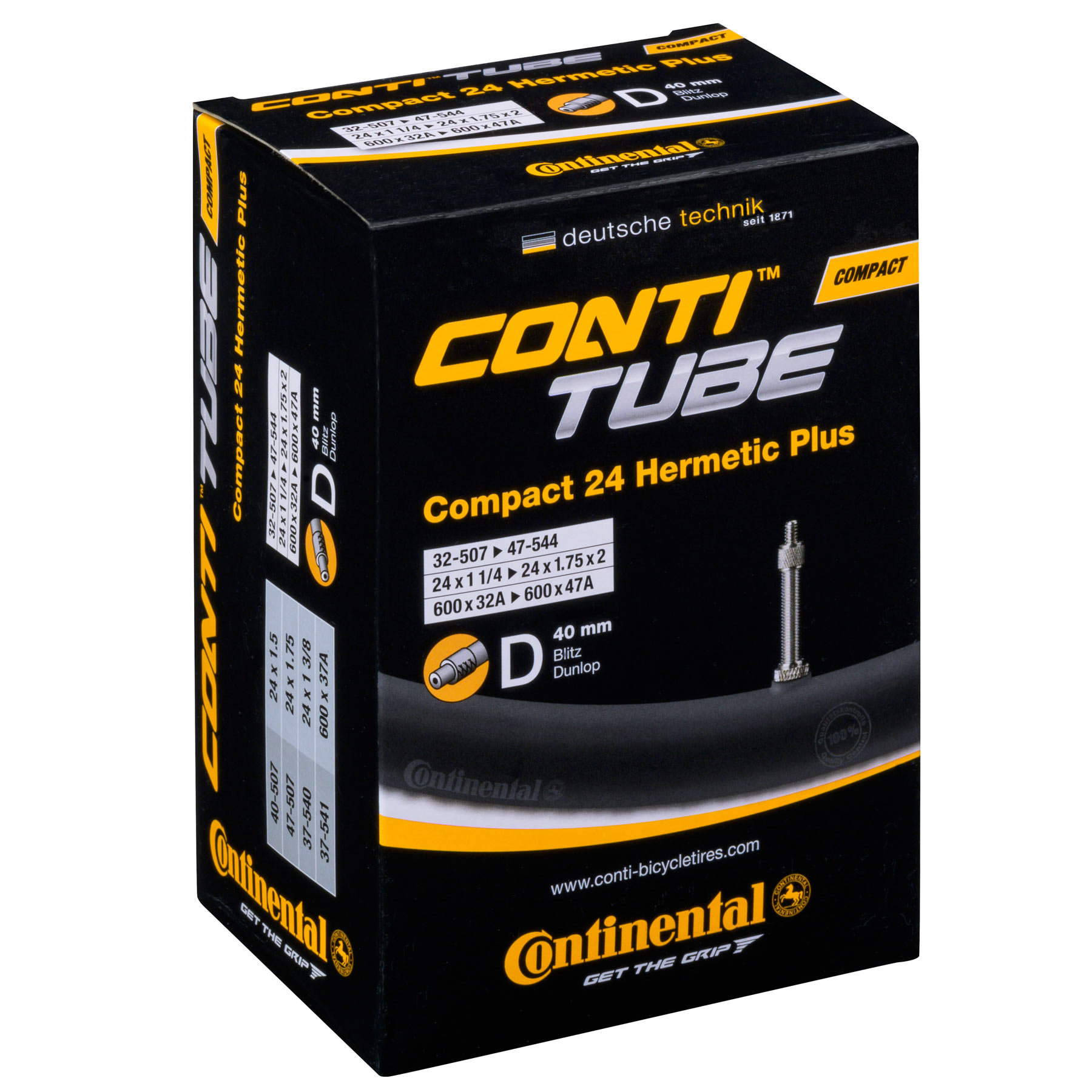- Home
- Cycling
- Parts
- Inner Tubes
- MTB Inner Tubes
Which MTB Inner Tube is Right for My Offroad Bike?
A new inner tube for your mountain bike or trekking bicycle? Nothing easier than this – the range is vast. But that’s where choosing becomes tricky: 27.5 (650B), 28 or 29 inches – which inner tube is right for my mountain bike? On this page we’ll redress the situation – and explain what’s most important with MTB inner tubes. Read more
Inner Tubes for Your Mountain Bike – Size Matters
A “normal” MTB inner tube is black and is made of butyl (rubber). The defining criteria for the right inner tube are two dimensions: The rim diameter (for mountain bikes and e-mountain bikes with 27.5 (650B) and 29 inches (622 mm equal to 28 inches on the trekking bike) are common, older bikes can also have 26-inch rims), and the volume of the MTB tire (mountain bikes are generally between 2.1 and 2.6 inches) or respectively trekking tire. These two dimensions are given on every inner tube: rim diameter x tire width. So, on a bike with 29-inch (622 mm) and 2.35-inch wide tires, the corresponding dimension would be: 622 mm x 2.35" and for a trekking bike with 28 inch (622 mm) wheels and 1.50 inch wide tires: 622 mm x 1.50" – you’ll find this information on the MTB tube and on the packaging.
Incidentally, butyl tubes are quite stretchy – which is why a 29 inch MTB tube can usually also be used as a 28 inch tube on the trekking bike - the rim dimension with 622 mm is the same only the tire width (tire height) differs significantly. The other way around, a 28 inch tube does not necessarily fit a 29 inch MTB tire.
But in an emergency an inner tube that does not exactly fit the rim dimension and tire width, will do. However, this should only be an emergency solution, when you don’t have the right inner tube on the go.
MTB Inner Tube – What Role Does the Valve Play?
Along with the diameter and volume, the valve must also be right: the valve diameter on an MTB inner tube must fit the valve hole in the rim, the length of the valve to the rim height. An MTB inner tube usually has a Sclaverand valve. This has a smaller diameter than the car valve that was more commonly used in the past, so it fits through the hole in any rim. But remember, otherwise there can be problems: an MTB inner tube with a Schrader valve (also Car or Amercian valve) only fits in rims with the correspondingly larger hole.
In the field of trekking bikes, city bikes and Co. tubes with the good old Dunlop valve are also used. Tubes with this air inlet are usually only available with 40 mm valve length and are less pressure stable. In terms of diameter, this valve type is similar to the Schrader valve.
Incidentally, the valve length can also be important, as well as the valve diameter. If the rims on your bike are higher than usual (rarely the case on MTBs), then you must make sure that the valves are appropriately long enough. The standard valve on an MTB inner tube is around 35 millimetres long, there are, however, also 60-millimetre long valves.
Overview – These Tubes Fit on Your MTB or Trekking Bike
- Rim size: MTB's with rims of 27.5 or 29 inches (622 mm) need matching 27.5 or 28/29 inch mtb tubes, for older mountain bikes with 26-inch rims corresponding 26-inch mtb tubes are necessary and suitable for MTB and even narrower tires. For trekking bikes with 28 inch wheels (622 mm) 28 inch tubes are recommended.
- Tire width: the volume of the inner tube should fit the volume of the tire – usually this is 2.0 to 2.6 inches on an MTB.
- Valve: Sclaverand valves are standard on mountain bike tubes, they fit into any rim hole. Car valves could be too wide for the hole in one or other of the rims. If the rim is especially high, then the valve must be correspondingly long enough.
What Else is Important When it Comes to the Mountain & Trekking Bike Inner Tube?
If all the sizes are right, the question with trekking and MTB inner tubes is the weight, as manufacturers offer their inner tubes in different weight classes. Light inner tubes weigh between 100 and 150 grams, they roll very well, but are obviously more prone to punctures. A standard mountain bike inner tube weighs between 150 and 200 grams and offers the best compromise between good roll resistance and high protection against punctures. If you put high value on puncture protection, go for heavier inner tubes – they do not roll as well and so are recommended for free riding and downhill.
To improve the relationship between puncture protection, roll resistance and weight, there are also latex or plastic inner tubes. Latex is light, extremely puncture-proof and rolls very lightly, but only holds air for a few days. In addition, over time the material can become cracked or brittle. Plastic inner tubes are extremely light, but cost a lot more than normal butyl tubes.
